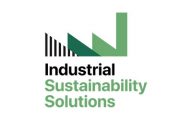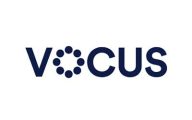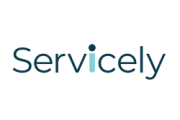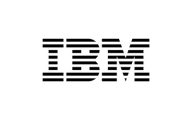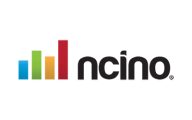There’s no question the B2B tech industry moves at a cracking pace. With rapidly changing customer needs, tech innovations and market disruptions, it’s no wonder marketers feel like every day is a sprint to a finish line that keeps moving.
DOES IT MAKE MORE SENSE TO SLOW DOWN?
Yep, even if it’s just to organise ourselves so we are better prepared to pivot as the challenges and events facing our audience or our organisation change.
Whilst it’s not rocket science, there are tried and proven methods for getting more customers, revenue and improving ROI faster. Although they’re not sexy, they are dependable and can minimise knee-jerk reactions throughout the business that can negatively affect marketing budgets, resources, work/life balance of employees and results.
3 PROVEN PRACTICES
- A simple and flexible annual planning shell
- A clear line of sight on commercial expectations and results
- A campaign framework that provides the ability to test and learn
Although these three proven practices are intrinsically linked, it’s helpful to unpack them one-by-one…
1. A SIMPLE AND FLEXIBLE ANNUAL PLANNING SHELL
Tech B2B organisations almost always have a clear line of sight on the commercial targets they need to achieve, but not necessarily how to achieve them.
This is where a simple and flexible annual planning shell comes into play.
Careful planning helps organisations connect commercial targets and offerings with their audience’s needs. It might be divided into definite quarters designed to deliver valuable insights that are used to optimise the planning approach throughout the year.
But let’s be clear, an annual plan is NOT a list of tactics, but rather a fully connected marketing and business program that takes into account messaging, content, channels and end-to-end audience experiences across all touchpoints. All of these components work together to earn the trust of prospective customers by teaching, inspiring and leading them to a place which tech experts know is a genuinely better place for them to be.
But just when you thought you’d nailed it, get ready to respond to that market disruptor, new tech innovation, major security flaw, global insight or internal priority that just popped up.
And you can, with a robust structure in place, it’s easier to view and assess how this unexpected challenge might fit in, and how you can more easily pivot to integrate topical narrative without derailing your plans.
2. A CLEAR LINE OF SIGHT ON COMMERCIAL EXPECTATIONS AND RESULTS
Let’s be honest: are you guilty of guesswork around the commercial results you think your marketing programs will contribute? Or perhaps you don’t speculate at all, as your organisation’s culture is to view performance retrospectively, or only at a high level where everything is thrown together for an executive view?
Both are common approaches within the tech B2B world. In our experience, guesswork is ok, but only at the very beginning when everything is largely unknown. With each further investment in marketing, you should be one step closer to accurately predicting your marketing performance around different types of activities, how they resonate with your audience and their direct link to commercial impact.
Our recommendation is that you slow down long enough to create financial forecasts that capture your hypotheses around KPIs that help you define what success looks like. KPIs should cover everything from standard marketing metrics to revenue, cost per acquisition and cost per lead, right through to MQLs, SQLs and customers won – with a user-friendly view that simply pulls it all together.
There’s nothing like having a detailed marketing picture married with a numbers-driven executive summary to bring different areas of the business together; and to determine how to better leverage marketing investments in ways that can significantly shift the needle.
Like the planning shell, financial forecasting should ideally be done right at the beginning of a financial period, and then assessed and – where required, updated – as new insights come to light – which for B2B organisations is likely to occur on a quarterly basis.
The flip side of forecasting is obviously tracking – and again it pays to slow down to ensure that your end-to-end tracking is in place. Having a long sales cycle can be a challenge, but with the right tools to enable you to track and report on results as they happen, you have a continuous stream of insights that can be used to optimise future programs of work at any given time and provide a historical account of activities and insights.
3. A CAMPAIGN FRAMEWORK THAT ENABLES US TO TEST AND LEARN
The last piece commonly overlooked by tech B2B organisations is the discipline of ‘test and learn’. Without this, organisations risk treading water rather moving forward. A test and learn approach also helps to raise expectations around what’s possible – as break-throughs are achieved that take organisations into new and exciting places. With a sound test and learn approach, even if things don’t perform as initially anticipated, all insights (good and bad) can be used to steer commercial advantage. Organisations committed to this approach simply don’t make the same mistake twice.
All three best practices above are intrinsically linked as organisations start with a robust yet flexible annual program plan, use forecasting and reporting tools to define and track success, and use test and learn methodology to continuously optimise marketing budgets, improve performance and fast track commercial impact.
INTERESTED IN SLOWING DOWN TO UNLOCK COMMERCIAL IMPACT FASTER?
GET IN TOUCH



